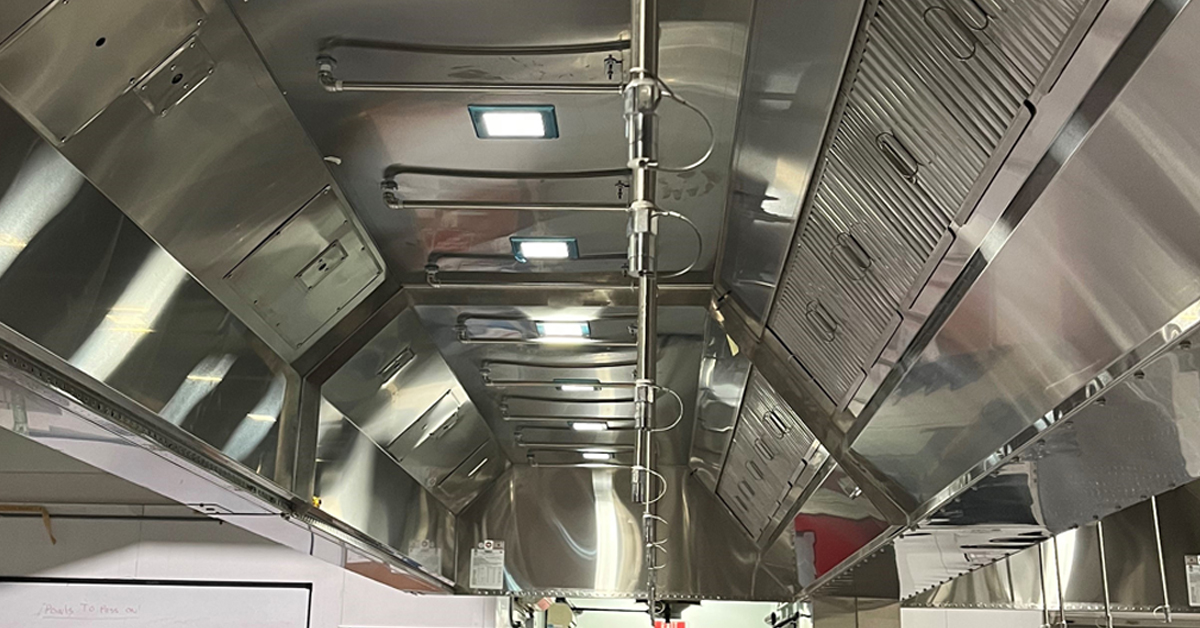Your information source for Commercial Kitchen Ventilation.
Knowledgeable experts in the foodservice industry have established this site to provide you with their experience and knowledge in the latest industry developments, code updates, and technology on commercial kitchen ventilation systems and designs.
Our articles and blogs will include reputable, knowledgeable, and easy-to-understand information on exhaust hoods, pollution control units, demand control ventilation, ventless exhaust systems, mobile cooking stations, fire protection systems, and air handling units.
-
The Importance of Heat Load-Based Design for Efficient Commercial Kitchens
In today’s commercial kitchens, energy efficiency isn’t just a goal — it’s a necessity. Restaurant operators are facing rising utility costs, stricter energy codes, and higher expectations for sustainability. A well-designed ventilation system is key to an efficient kitchen, and many are now using heat load-based design to optimize it. Here’s why this approach is […]
-
Why Good Ventilation Means Good Vibrations
Ken Schwartz FCSI, president/CEO at SSA, is a highly experienced food service design consultant. In the recently released report Kitchen Condition, he addresses the impact that ventilation can have on the conditions of kitchen employees. Ask people what the most efficient item in their kitchen is and they might guess at some sort of slicer […]
-
Cal/OSHA’s New Heat Illness Prevention Regulation: How Proper Kitchen Ventilation Can Help
With the introduction of California’s new Heat Illness Prevention regulation by Cal/OSHA, businesses across the state are facing new requirements to protect employees from heat-related risks. While outdoor workers have traditionally been the focus of heat illness prevention, this regulation now extends protections to employees in indoor environments, such as restaurants, warehouses, and manufacturing facilities. […]
-
My kitchen exhaust hood is noisy, what can I do?
In the past most exhaust hood systems were designed at minimum code airflow values that were based on the square footage of the hood reservoir. This meant when the hoods were longer and deeper the required exhaust airflow went up accordingly causing large amounts of air to be exhausted through the hood system. Today, most […]
-
A Guide to Commercial Kitchen Ventilation: Commercial Kitchen Exhaust Hood Placement and Capture Efficiency.
This article focuses on the hood design and their placement, capture, and containment. The hood system U.L. 710 listing only provides the minimum installation requirements based on fire safety requirements. There is significantly more involved when designing for energy optimization and excellent indoor environmental quality. From a code perspective, commercial kitchen exhaust hoods are the […]
Kitchenventilation.com and the experts at Halton are here to help support and guide you in making the best choices when it comes to choosing or specifying your next commercial kitchen ventilation system. We will provide you with the most recent and up to date knowledge when it comes to; approvals, technologies, methods, and products.
If you have questions regarding any articles, please contact us by using our “Ask the experts.”








